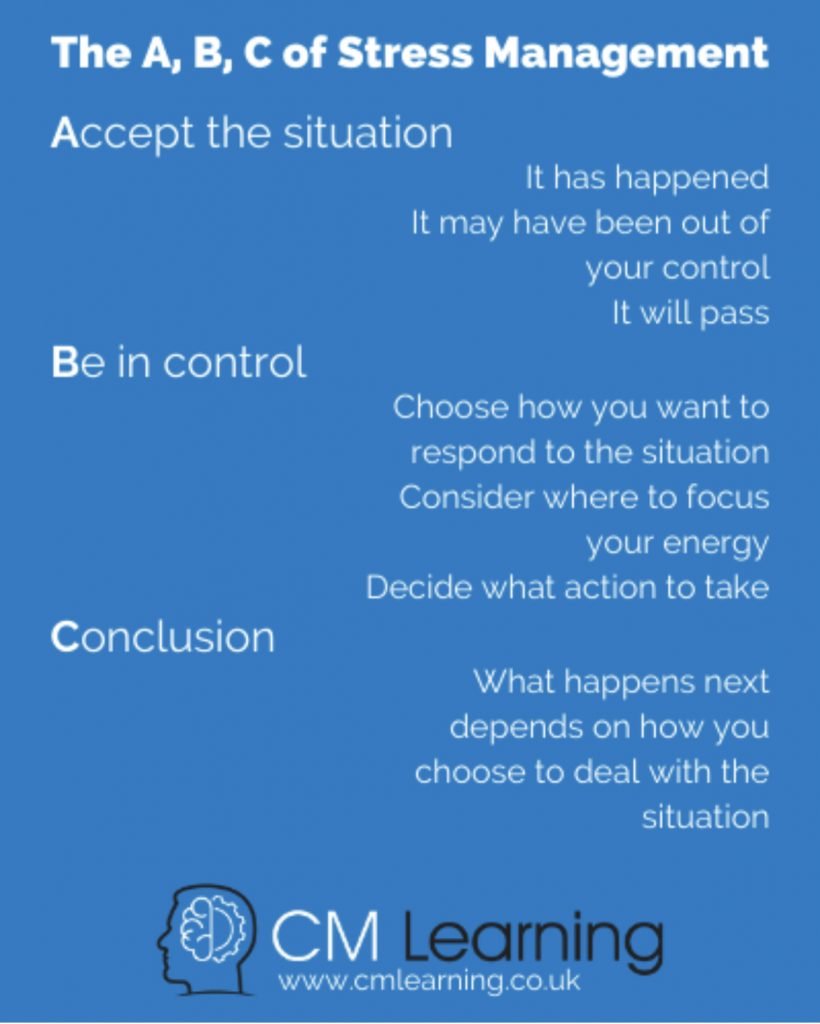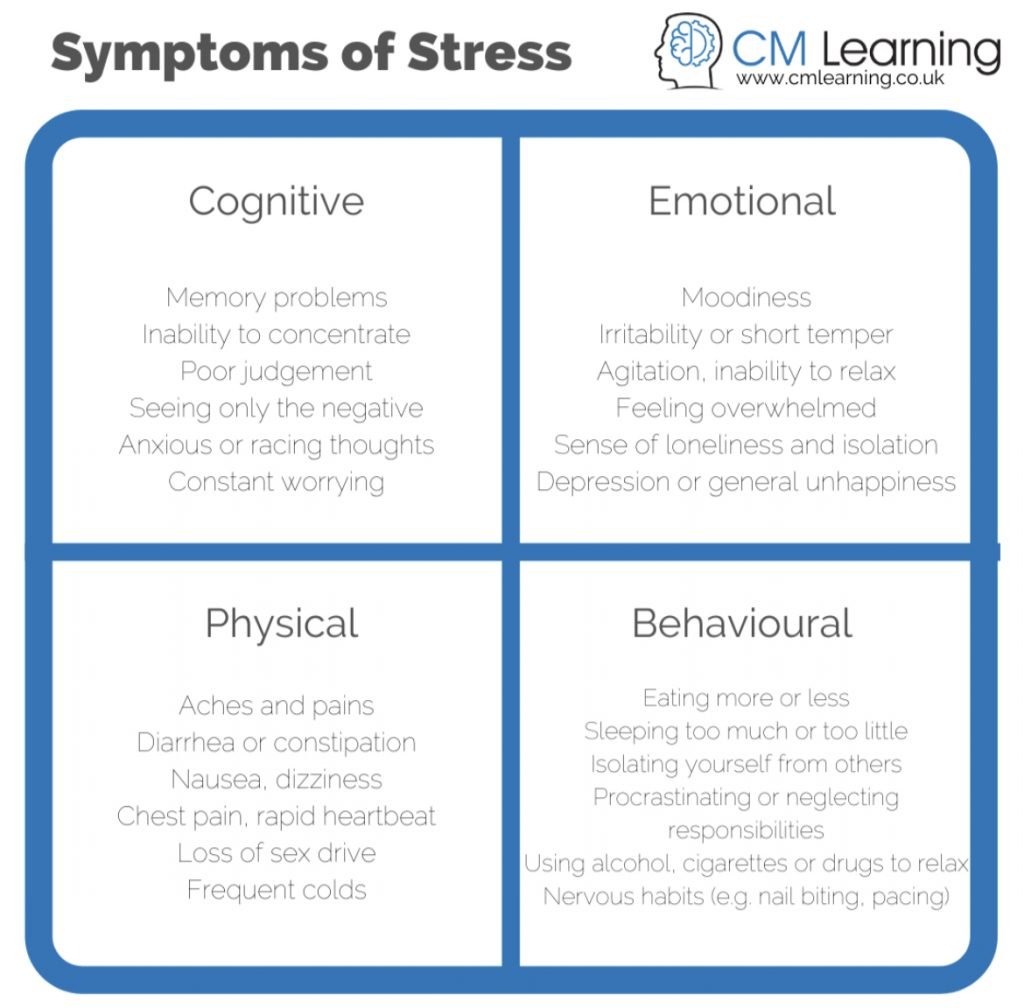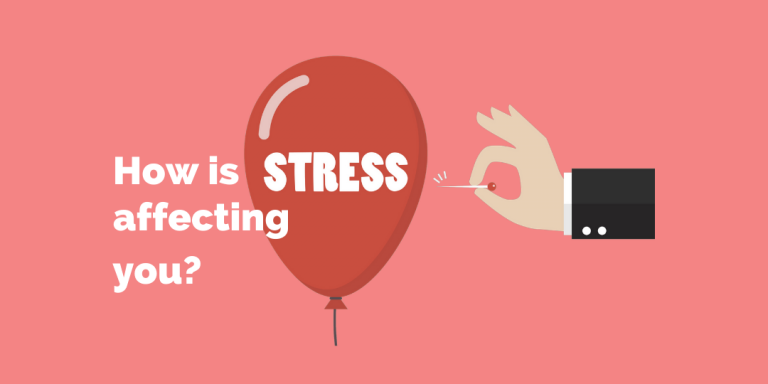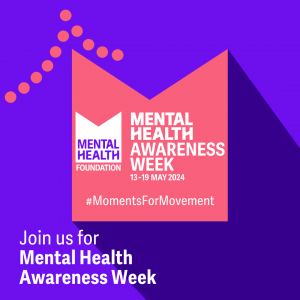The most dangerous thing about stress signals is how easily they can creep up on us to deplete our levels of resilience. We get used to stress. It starts to feel familiar - even normal. We don't notice how much it's affecting us, even as it takes a heavy toll.
What constitutes ‘stress’ and what does it do to us?
One common myth is that all stress is ‘bad’. Without stress, humankind would have died out a long time ago. Our ancestors used their brilliant ability to feel stress to alert them to potential dangers, the same way we do today. Only back then, it could have been a savage bear or sabre-toothed tiger. Yet the stress signals and impact remains the same for us.
Essentially, stress is a physical response by the body when it feels under attack or threatened. In these situations, we experience the fight, flight or freeze response, where a combination of hormones and chemicals are released to prepare the body for some sort of action. This then causes a number of different reactions, from heart palpitations to clammy hands; all of which are the body’s way of sending us important physiological signals to protect us.
When does stress become unhelpful and damaging?

What are the impacts of stress for organisations?
The 2020 Health and Wellbeing Report from the CIPD states:
Mental ill health remains the most common cause of long-term absence, with nearly three-fifths (59%) of organisations including this among their top three causes.
Stress remains among the main causes of short- and long-term absence, but this year the proportion including stress among their top three causes of long-term absence has decreased (2020: 46%; 2019: 54%).
With previous reports siting the annual cost of sickness absence for UK businesses at around £554 per employee, the impact for organisations is far wider reaching than purely monetary:
High employee absence / presenteeism rates.
Workloads and resources stretched too thinly.
Increased accidents and mistakes.
Increased workplace conflict and grievances.
Damage to brand and reputation.
Damage to goodwill, motivation and engagement.
Increased liability for personal injury.
How can you recognise stress signals?



Year on year, the research and evidence speaks for itself. Stress statistics linked to absence figures, cost of absence and working days lost continue to have a huge impact. It’s also worth noting that there is a growing emphasis on wellbeing programmes and support being offered by organisations, yet the same surveys generally suggest there is much room for improvement.
Organisations must be proactive in creating a healthy environment for their people to be effective and productive, and we all need to be more aware of spotting the signs of stress in ourselves and those around us.








